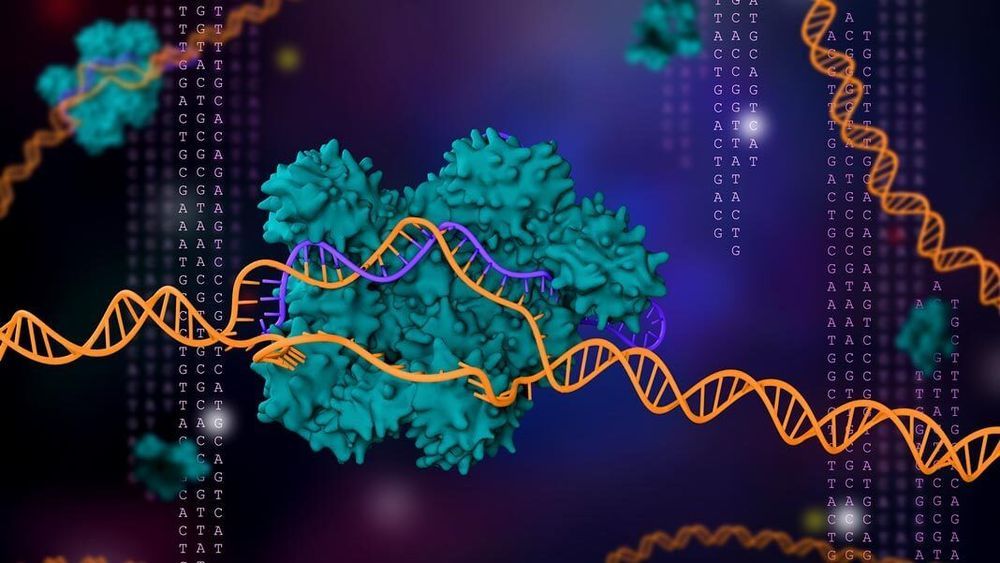Without ensuring high levels of accuracy, any proposed CRISPR gene therapy becomes a genetic crapshoot.
Now, a team from Duke University may have found a universal workaround—a trick to fundamentally boost CRISPR’s accuracy in almost all its forms. Published this month in Nature Biotechnology, the team’s study tweaked the design of guide RNAs, the indispensable targeting “blood hound” of the CRISPR duo that hunts down specific DNA sequences before its partner Cas makes the cut.
The upgrade is deceptively simple: tag a “locking” structure to one end of the guide RNA so that only the targeted DNA can unleash the power of the Cas scissors. Yet exactly because the tweak is so easy, guide RNA 2.0 can fundamentally tune the accuracy of multiple CRISPR systems—not just those relying on the classic Cas9, but also newer diagnostic systems that deploy Cas12a and other flavors—by as much as 200-fold.










Comments are closed.